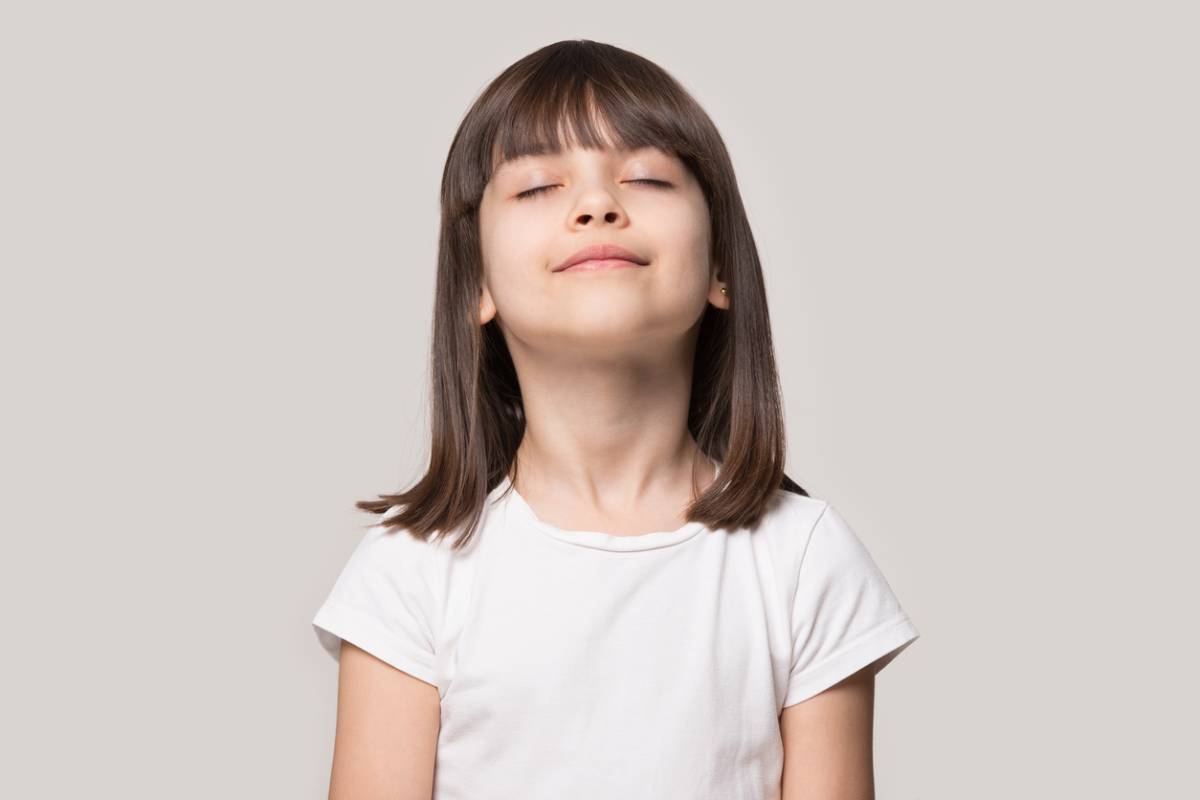Respiratory distress refers to a condition involving difficulty breathing or shortness of breath. This can be due to serious issues, such as asthma, heart failure, or even a lung infection. Symptoms may be mild to severe, so it’s important to seek treatment right away if your child experiences the symptoms associated with respiratory distress. Below you will find the common signs of respiratory distress in children so you are fully prepared.
Signs of Respiratory Distress in Children
Respiratory distress can be scary and overwhelming for both you and your child. However, it is critical to understand the following signs of respiratory distress in children. This can help you get your child the right treatment they need as soon as possible.
Breathing Rate:
An increase in the number of breaths per minute can be a sign of respiratory distress. This likely means the child is having trouble breathing or is not getting enough oxygen.
Increased Heart Rate:
Low oxygen levels or issues with your child’s breathing can increase their heart rate. This is because the body is compensating for the lack of oxygen. Contact a pediatric lung health and care expert right away for medical support, as this is a serious issue.
Wheezing or Stridor:
The sound of wheezing is often associated with a whistling or musical sound. This can be heard while your child is breathing. It often indicates that the air passage is smaller, which makes it much more difficult for your child to breath. Another sound you may hear during respiratory distress is referred to as stridor. It is a sound heard in the upper airway of your child’s chest when they breathe in.
Retractions:
If your child’s chest appears to sink in just below the neck and/or breastbone and/or in between their ribs with each breath, it can be a sign of respiratory distress. This is because it is the body’s way of trying to bring more air into the lungs.
Accessory Muscle Use:
Some additional physical signs of respiratory distress include your child bobbing their head up and down when they are breathing or if the muscles in their neck appear to be moving.
Grunting:
Some small babies do grunt, but it can also be a sign of respiratory distress. If the grunting occurs each time the child exhales, it’s a sign of distress. This is the body’s reaction to ensuring the airways and lungs stay open to get enough oxygen.
Sweating:
If your child is breathing fast, you may also notice sweat on their forehead. This is often accompanied by the child feeling cool or clammy and not warm to the touch as you may expect.
Nose Flaring:
Small children and babies all have their own unique attributes, but if you notice their nostril flaring, it could be a sign of respiratory distress. This often occurs if there are issues getting enough oxygen as the body is working harder to breathe.
Color Changes:
If you notice color changes in your child, it’s time to contact a professional as they are likely in respiratory distress. Common color changes include a bluish color around their mouth, on the inside of their lips, or on their fingernails. This means that they are not getting enough oxygen through their breathing, and they likely need medical attention from a pediatric pulmonology provider near you.
Alertness:
While each child is different, a lack of alertness, especially when coupled with other respiratory distress symptoms, can be a sign that there is a bigger issue. If your child is acting more tired, it could be due to low oxygen levels, which can indicate respiratory fatigue.

